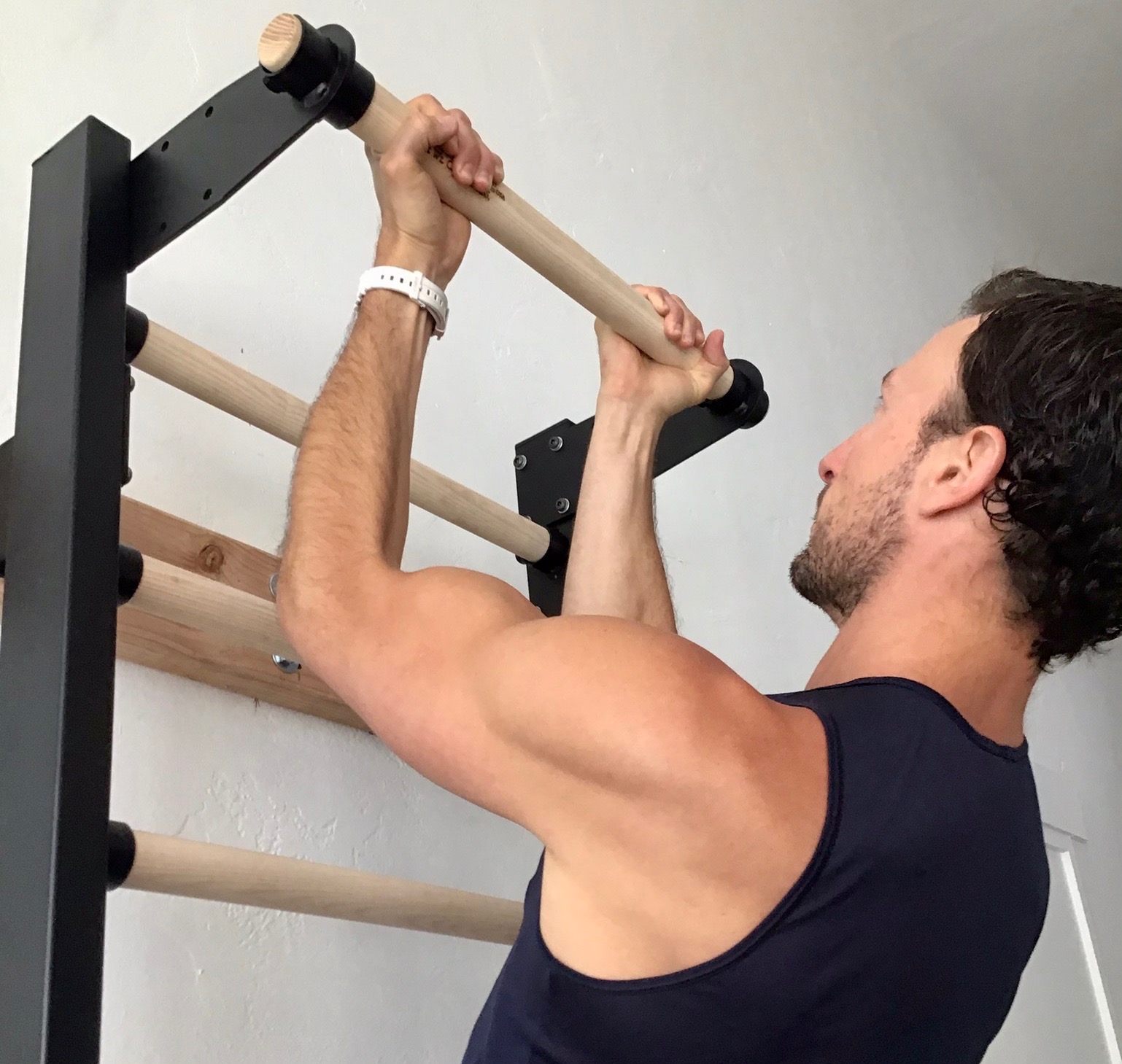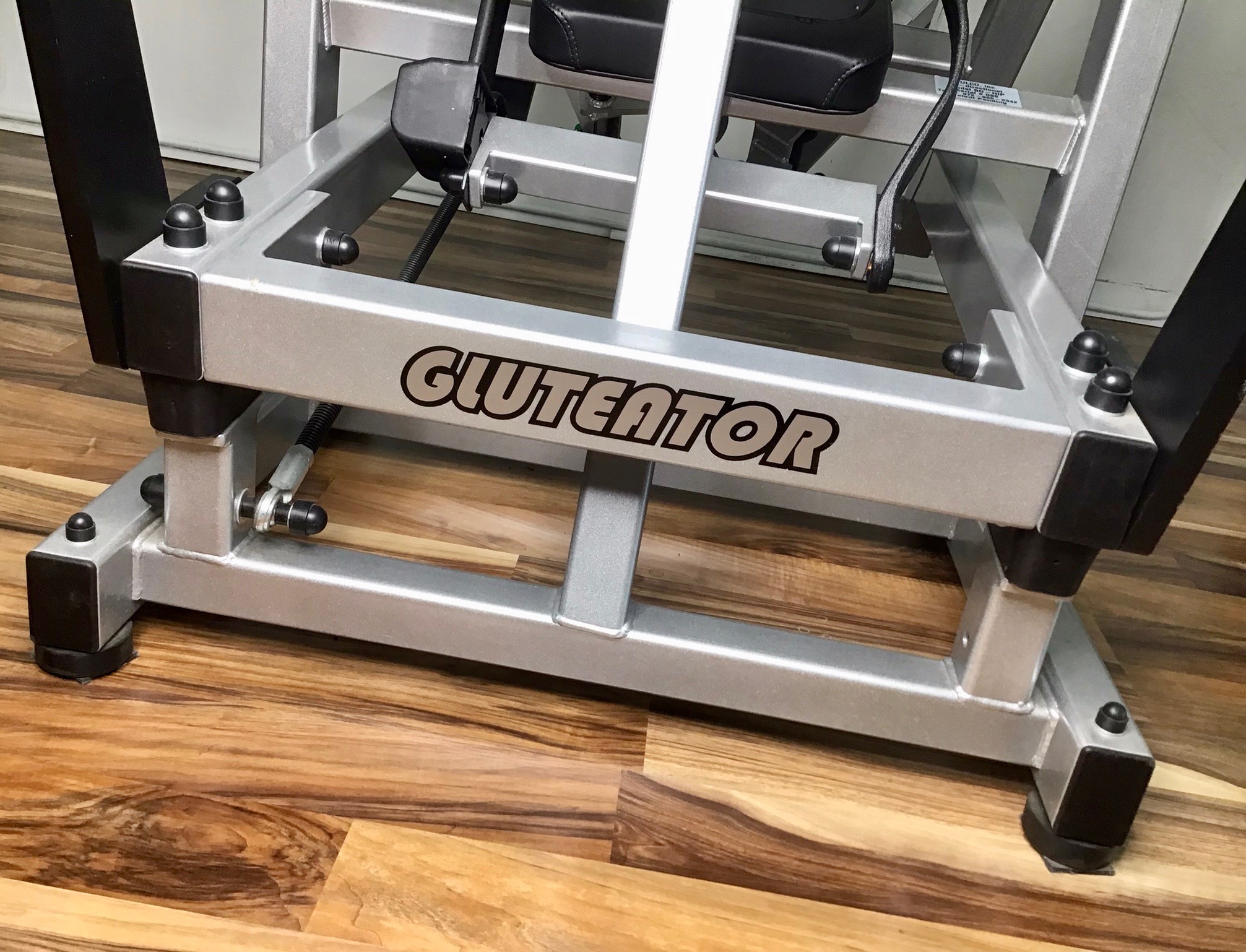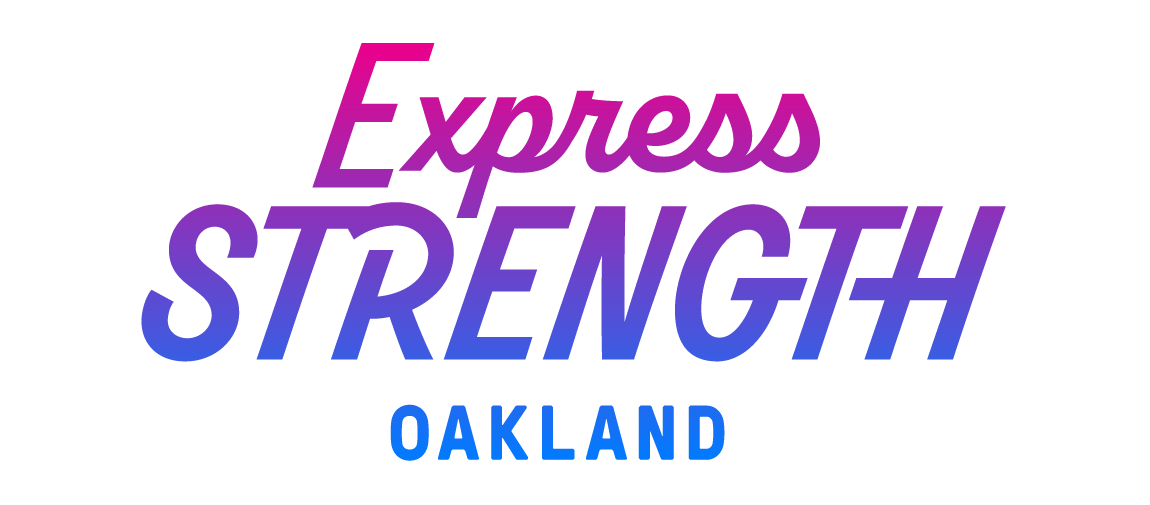what to expect
from express strength

Safe and efficient workouts
We’ve distilled strength training into exactly what you need to maximize results, minimize time, and mitigate risk.
A typical workout includes 5-10 exercises that target and fatigue your major musculature. Most exercises are performed once — just a single-set — until you’ve reached requisite fatigue (about 2 minutes). For optimal cardiovascular stimulus, rest time between exercises is kept to a minimum, but never rushed.
You’ll be in, out, and on your way in less than 30 minutes.
Better yet, all of the benefits exercise affords you are available in just one or two Express Strength workouts per week.
Say more about safety…
We offer an alternative to programs that fetishize free weights, explosive movements, unstable platforms, and other risky endeavors.
We’ll coach you to perform repetitions slowly, eliminating momentum while maximizing muscular activation throughout. Performed as such – ”mindfully”, if you will – strength training is exceedingly safe and friendly on joints.
Our biomechanically excellent equipment permits exercising to greater fatigue than is safely available on conventional machines or free weights.
If you don’t think you can strength train due to joint pain or other orthopedic issues, we invite you to reconsider! We specialize in working with folks just like you.

Is one set per exercise enough?
Absolutely! When it comes to strength training, quality (effort and form) beats quantity. Here’s how a recent scholarly review addresses the issue:
“[R]esearch to date suggests that there is no significant difference in strength increases between performing single or multiple set programs”.
You could perform three sets of each exercise. You could spend three times as long in the gym. But you could not expect superior results.

Is one workout per week really enough?
If by “enough” you mean sufficient to eventualize your genetic potential for strength; restore lean muscle tissue and keep it for life; and reverse known biomarkers of metabolic syndrome (e.g., hyperinsulinemia, glucose control, blood pressure, excess body fat) — then yeah, once per week will do.
For optimal results, some may benefit from twice per week training. However, there is no one-size-fits all recommendation. Our workouts are challenging, and it’s important to keep in mind that recovery is 50% of your results equation.
What else should I know?
Everyone is welcome here! Even on your worst day. You’ll enjoy our complete and unwavering support every time you walk through the door (or log on to Zoom!).
Lastly, we appreciate that every body is different. We’ll build your program with exercises that work well for you.
meet jack & alexis
jack dresnick
I was 31. My knee? Centenarian.
“Be thankful you can walk” and “There’s nothing left that the genre of physical therapy can offer you” are among the choice phrases I endured from specialists in charge of my care.
My fortunes changed when this episode of the Florida Institute for Human and Machine Cognition’s podcast autoplayed its way into my life. Their guest, a South Carolinian MD named McGuff, explained where our cultural notions of “exercise” came from — and why they are wrong.
Dr. McGuff was compelling. He knew a better way…
In short order: McGuff’s approach resolved my intractable knee pain, helped me avoid surgery, and gave me the best flexibility of my life. My father’s results are even better. Well into his eighth decade and saddled with a balky back, he’s shed the physical restrictions that plagued him for years.
Collectively, we exercise 45 minutes per week.
This is for everyone. I invite your skepticism, but I hope your curiosity carries the day. I’d love to help you experience what safe and efficient strength training can contribute to your health and life.
By way of background:
I have a BA in Black Studies from Wesleyan University; a designation of Master Trainer from HITUni; and an Essentials of Elite Performance certificate from Z-Health. In parallel with my passion for exercise that actually works and doesn’t take very long, I enjoy a fabulous career in Human Resources at Kaiser Permanente.
alexis read
Coming from a dance background and encountering Pilates for the first time, I recognized the power that lies in understanding movement mechanics and practicing mindful movement. It was such a game changer that I was inspired to teach it myself, along with various other mobility-liberating practices I picked up along the way.
I started teaching when internet was dial-up and phones were flip. Over the years, I’ve observed that as our devices have become more and more spectacular, we have become spectacularly less capable. As our technology does more for us, we do less, and thus we become capable of less… and less…
But this method of strength training – which I was initially quite skeptical of – I’d now go so far as to call ‘medicine’. It breathes life back into our malnourished motor system, and the rest of the body by extension. Best of all, it can meet anyone exactly where they are, and carry them to a stronger, more capable and vital version of themselves.
And there’s still every opportunity for mindful movement and beautiful biomechanics…
The details:
+ BA in Theater from Stanford, MFA in Dance from Mills College
+ Various Pilates certifications (beginning in 1997)
+ The Hendrickson Method of Orthopedic Massage (2000)
+ CranioSacral Therapy, Upledger Institute (2005)
+ Foundational courses in Z-Health, a system of training that focuses on nervous system function (ongoing)
